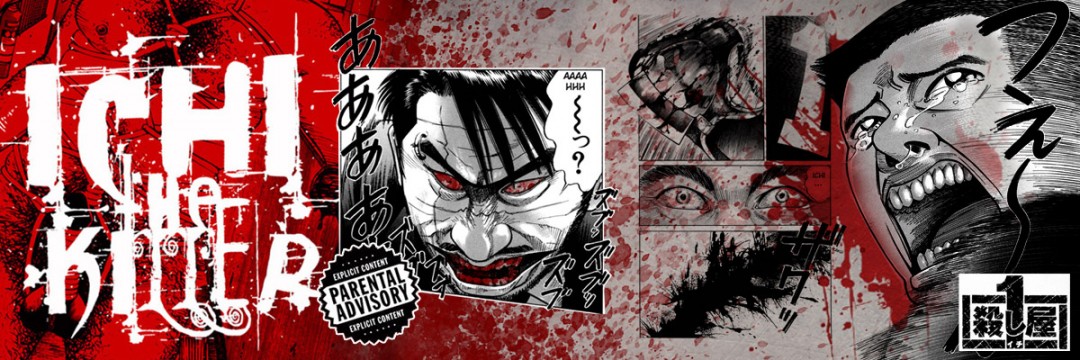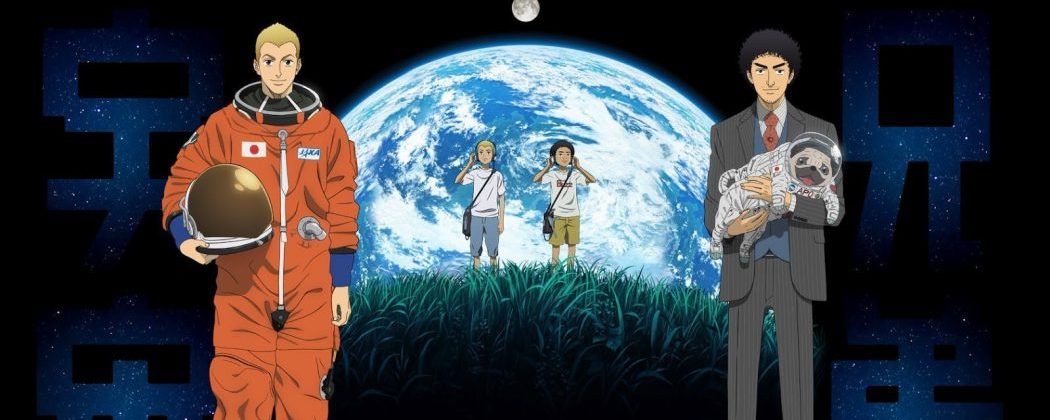Mainstream Halloween is famous for the supernatural. Children dress like monsters and most horror is associated with the strange and indefinable. Uzumaki is an example of this. The fear within its pages is built upon by the unnatural and disturbing events taking place in a small town plagued by The Curse of Spirals. The story is complete fantasy but there is something terrifying about the mystery. Humans tend to find comfort in understanding and by taking this cornerstone away, Junji Ito is able to create terror and uncertainty.
The thing is, that is only one kind of horror. Some stories find their fear in other parts of the brain. Battle Royale tells a story rooted in reality. It’s pages not haunted by ghosts, but something far more familiar, politics. The author, Koushun Takami, plays off of the same uncertainty Junji Ito does, it’s just aimed at a different kind of anxiety: people’s fear of a cruel and out of control government. The consequences of which Battle Royale outlines in gruesome detail.
Before going any further I must offer an advanced warning. This series is intended for a mature audience. Battle Royale has a rightfully held reputation for extreme violence and disturbing sexual content. This series is Not Safe For Work. Beyond this point there will be images and descriptions that are very graphic in nature. Please be warned.
Battle Royale follows the story of a group of students from Shiroiwa Junior High School who have set off on what they think is a field trip. The “trip” is barely underway when the bus they are traveling on fills with gas and all of the students are knocked out. Upon awakening they find themselves on a deserted island with steel rings around their neck. They discover that they have been chosen for “The Program,” a government sanctioned, televised event designed to cull Japan’s rebellious and disobedient population.
After a brief orientation and explanation, each student is given one tool or weapon and is informed that the rings around their neck are filled with explosives. They are told that they must slaughter each other until only one student remains. Failure to participate is punishable by explosive decapitation.
In the initial novel release of the story there are few POV characters. The narrative mainly focuses on three main protagonists and a few sideline antagonists. In the manga, Takami uses the additional space and length to thoroughly flesh out the nearly forty-two students trapped on the isolated island. The result is absolute horror. There is no character fodder; no random sidelined face fit only for excess gore or splatter. Battle Royale, unlike most traditional horror, is a character driven conflict. The terror within is not born from a nameless monster or supernatural spook; it is instead driven by the ways in which our protagonists react to extreme stress and trauma. Takami builds his world much like a carefully constructed ant farm, dozens of unique and interesting characters each individually tracked and put on display for the reader. Only, half way through it’s presentation he pours acid down each carefully burrowed tunnel and hands you a magnifying glass to watch.
What results is a horrific, and often tragic, narrative that borders on a kind of guided insanity. Characters we care about break. They undergo a gruesome transformation from naïve teen to serial killer and monster, driven by a mixture of the excess baggage they each unknowingly carry and the terror of living through a nightmare. The fear in this series is not built from some obscure and nameless evil, rather it is a product of cold harsh reality. It feeds the uncertainty the reader feels as he or she questions what they are capable of and what desperation could cause them to do.
As relations begin to break down and the number of students dwindles, the question becomes: “Can I kill my few surviving friends to live?” There is nothing more frightening than finding out the answer to that question. The threat of it drives much of the conflict between the primary protagonist and his love interest. The impossibility of the situation creates terror. Every outcome stokes the imagination into picturing what the world might look like if everything happening on the page was reality, a question that Takami constantly drives home as he draws distinct parallels between the current course of our world and the established tyranny within his.
By contrasting his world with ours he builds a setting that heavily invests us as readers. We howl at each new bullet hole and feel the burn of a hard swung blade, fearful to turn another page. Takami uses his characters and setting to build suspense in a way few manga have ever accomplished. By connecting the reader to so many of the story’s tragic victims we are never given a break to catch our breath. The outcome for every character ends up holding significance.
The suspense is palpable and Masayuki Taguchi’s artwork does a perfect job transporting it to the page. Clean-cut lines with minimal shading give the characters faces a photo realistic look. This simple but effective artistic style offers Takami a blank canvas to manipulate emotion and fully realize the brutality of Battle Royale. The warning above was not simply a disclaimer to nod at and ignore. Takami is not kind to his characters. Slit throats, gunshot wounds, limbs that are torn and mangled, even a few explosively induced scenes of decapitation, these are just a sampling of the things you’ll see rendered in great exacting detail.
Battle Royale is not a comedy or slice of life; it’s a horror genre thriller, where shit gets real. And honestly, the story is all the better for it. The graphic nature of Takami’s narrative is central to world building and suspense. When you watch a character you identify with killed, when you see the horror and pain etched into their face, the world comes into focus. All of a sudden other character deaths become a reality and it is hard to not scoot nervously onto the edge of your seat. Taguchi’s art makes these emotions possible. We stop seeing each death as a drawn cartoon and begin reading it like reality. In this way Taguchi’s artwork not only carries suspense, but it enables the horror that drives the story and connects it to us readers.
Battle Royale is haunting in its uncanny ability to render extreme violence and unimaginable horror identifiable to the reader. Through a mixture of fantastic art and character driven narrative, Takami manages to show us a brief glimpse of what could be given our world’s current trajectory. In the twentieth century there are generally few things more frightening than the return of fascist government. Humans have science to explain away monsters and ghosts, and Battle Royale takes full advantage of this by showing us that there are monsters living all around us. The important thing is to know what kind of monster lives in you.














